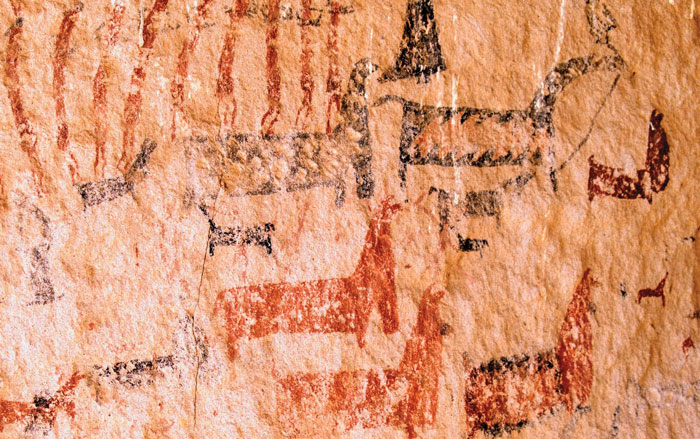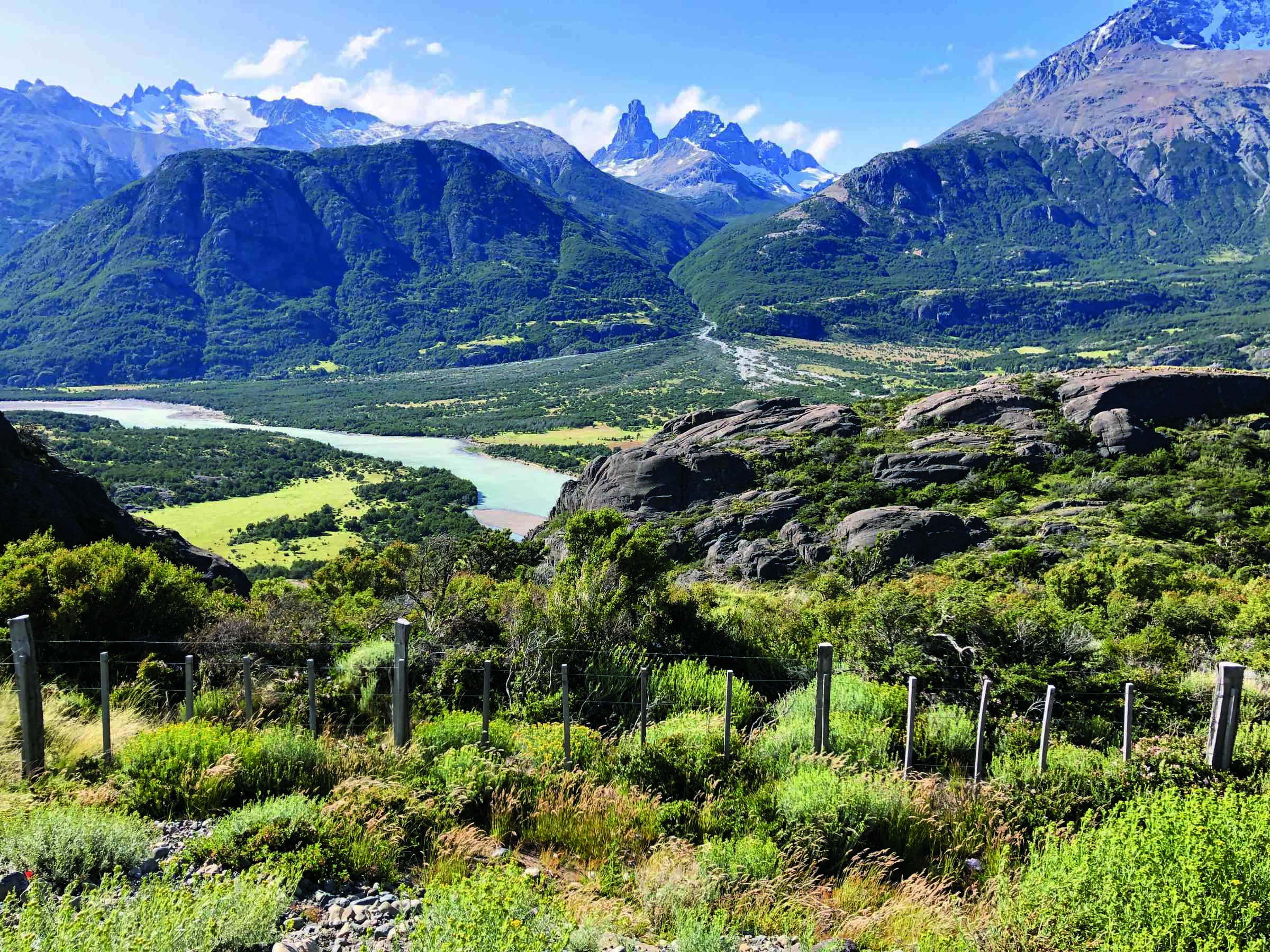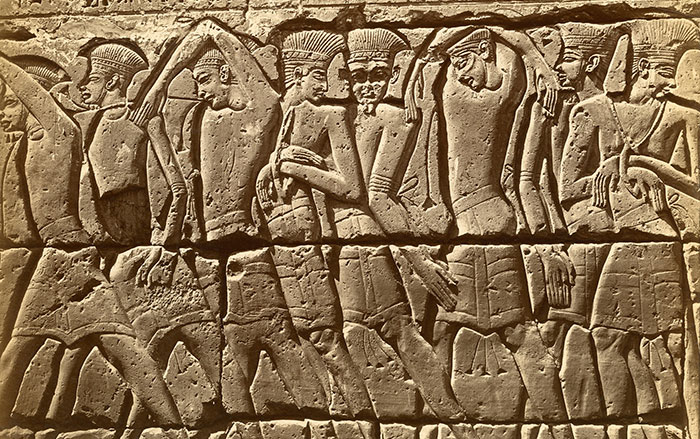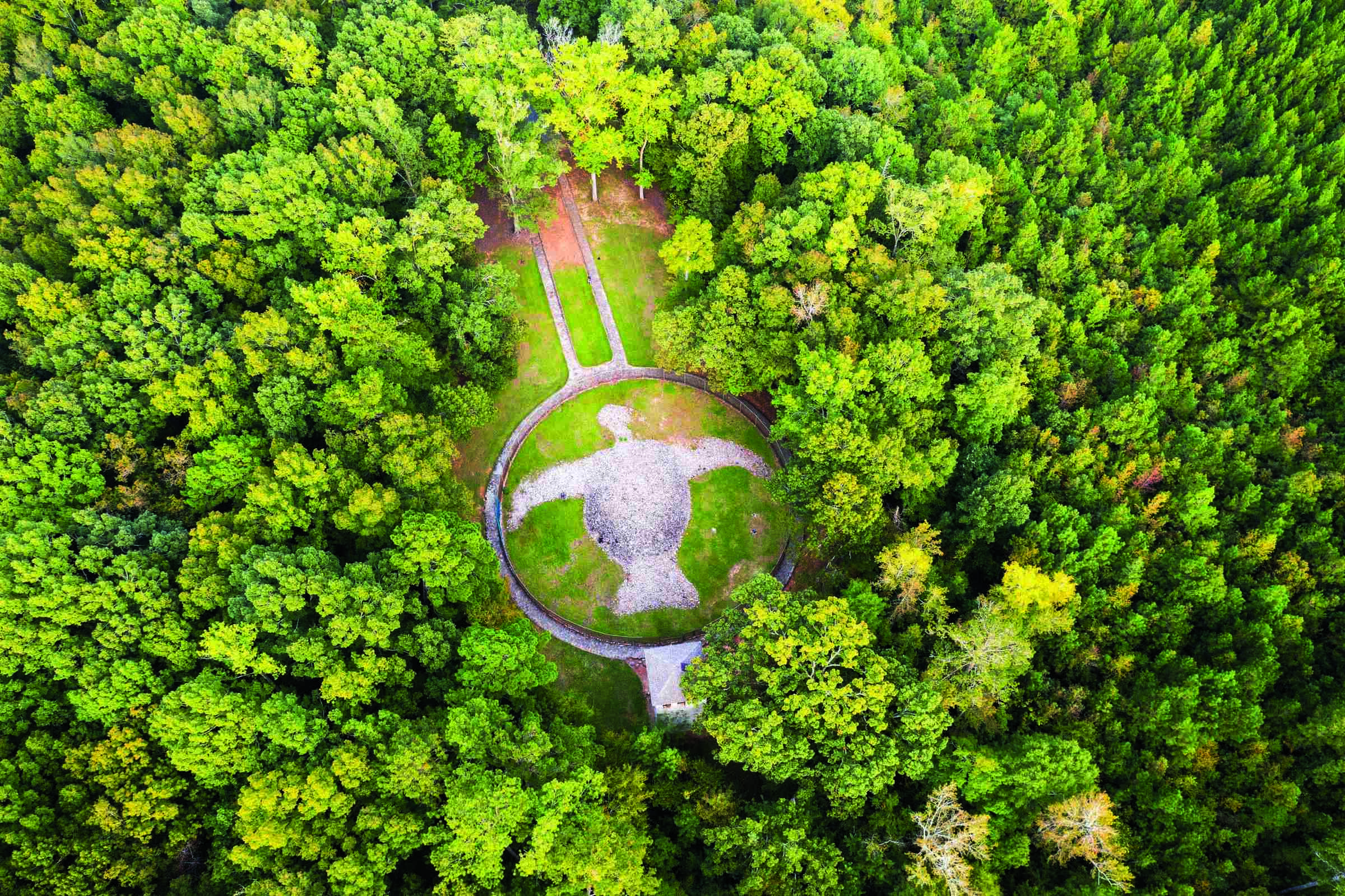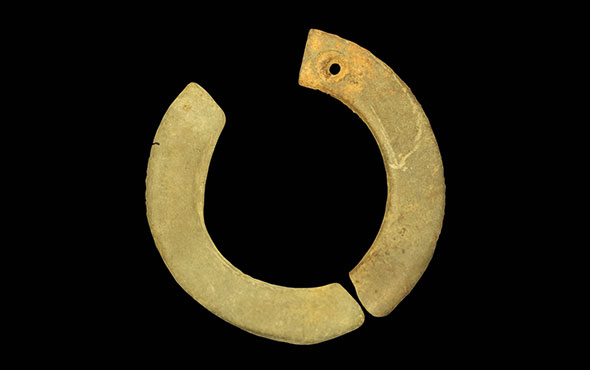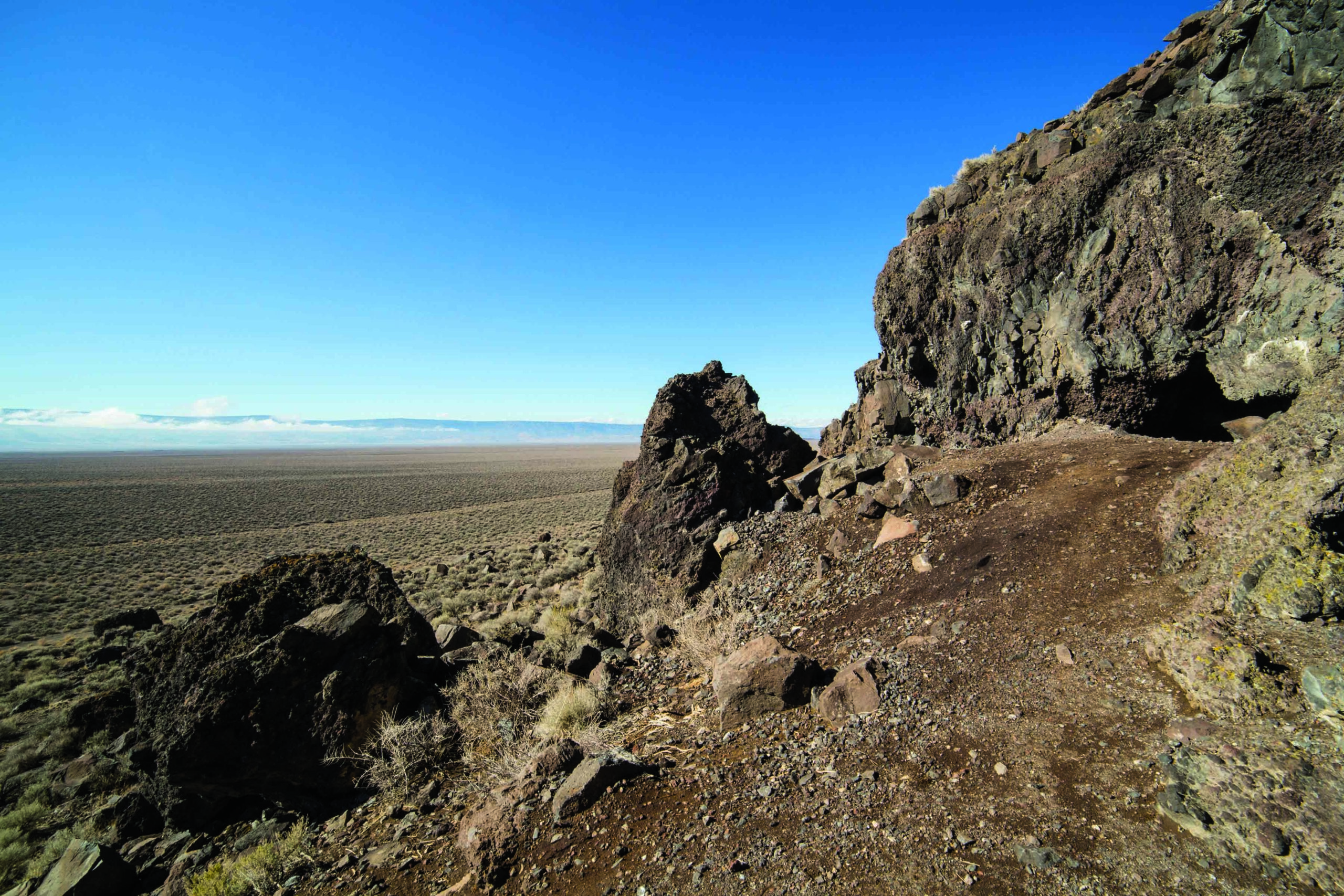
PUERTO PRINCESA, PHILIPPINES—According to a statement released by the University of the Philippines Diliman, evidence for the human occupation of the island of Palawan has been radiocarbon dated to between 20,000 and 25,000 years ago. Archaeologist Janine Ochoa of the University of the Philippines Diliman and her colleagues, including members of the Indigenous Pala’wan community, uncovered remnants of deer hunting and freshwater shellfish foraging in Pilanduk Cave. “[The cave] has the best preserved Last Glacial Maximum (LGM) archaeological record from any site in the Philippine archipelago,” Ochoa said. “There are not many LGM sites in the Philippines because many were likely submerged underwater when the coastlines and the sea levels were much lower during the LGM,” she concluded. To read about evidence for the arrival of humans in the Philippines, go to "A Very Long Way to Eat Rhino."



